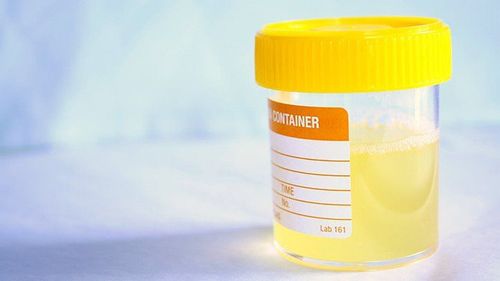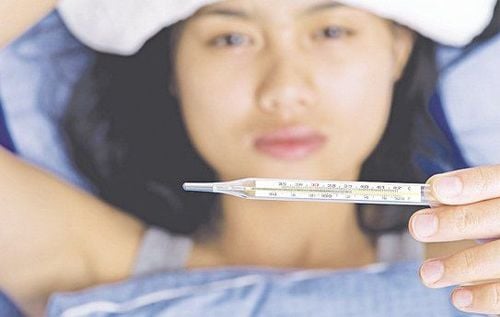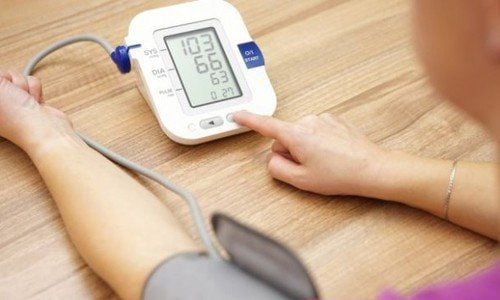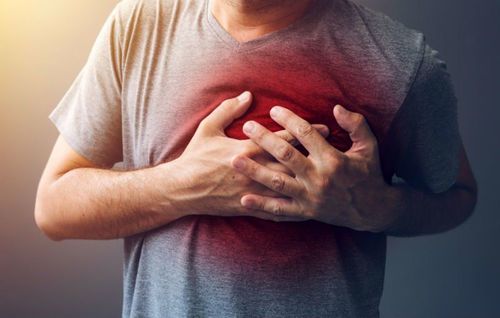This is an automatically translated article.
This article is professionally consulted by Master, Doctor Nguyen Le Duc Hoang - Emergency Medicine Doctor - Emergency Department - Vinmec Danang International Hospital.After surgery, the patient needs special care, to help the patient recover quickly and at the same time to detect possible complications after surgery.
1. Notes when taking care of patients after surgery
1.1 Time after surgery
The time after surgery is counted from the time of finishing the surgery until the patient recovers the ability to work. Time after surgery is divided into 2 stages:
first 24 hours: Time to get out of anesthesia After 24 hours: Time to take care of the hospital
1.2 Post-operative care at the hospital
After surgery, the patient will be transported to the postoperative room for observation for the first 24 hours. During this period, the patient may experience hypotension, shock, and collapse. Therefore, in order to avoid the above possible complications, it is necessary to note:
Gently transport the patient by trolley Avoid sudden position changes The bed is soft, firm and comfortable, and the position can be changed patient. Issues that need intervention for patients after surgery include:
Respiratory: Monitor breathing rate, breathing pattern and frequency, chest stretch. Circulation: Pulse, blood pressure. Temperature. Neurological: Evaluation based on the glasgow scale. Mobility: Encourage the patient to return to exercise soon. Instruct the patient to practice breathing, coughing, and arm and leg movements. Monitor fluid in and out: In the first 24 hours, it is necessary to record the amount of fluid coming in and out. In some cases it is necessary to weigh the patient. Monitor urine output, urine color after surgery. Especially in cases of severe disease or urinary retention, no urine for 6-8 hours after surgery, diuretics are used. Drainage tube: Monitor the volume, color of fluid, signs of wound bleeding or respiratory disorders through drains from the chest, abdomen, bladder,... Post-operative pain relief: Post-operative pain relief It is very important to help patients recover quickly. Evaluation of pain scale and use of analgesics with each specific case. Some commonly used pain relievers such as paracetamol, perfalgan, diclofenac, morphine,... In addition, patients also need a suitable diet. In the early days, the patient may not be able to eat, but mainly receive intravenous nutrition. The patient can eat again after defecation. Eat foods that are easy to digest such as: Milk, porridge, vegetables and lots of fruits.

1.3 Caring for patients after surgery at home
Some late complications may occur after the patient is discharged from the hospital, typically surgical site infection. Therefore, taking care of patients after surgery at home is very necessary.
Need to add some necessary nutrients to help the patient quickly recover from the surgery. Regular cleaning of the incision will help reduce the risk of wound infection. At the same time, patients need to recognize some early signs of infection such as: swelling, heat, redness, pain at the incision site, possibly accompanied by fever.

In short, after surgery is a period of time when the patient needs to be completely rested to be able to recover. Some notes when taking care of patients after surgery not only help patients recover quickly, but also prevent and detect possible complications early. When you see signs of infection, or any other unusual signs. It is necessary to immediately go to a medical facility for timely examination and intervention.
Please dial HOTLINE for more information or register for an appointment HERE. Download MyVinmec app to make appointments faster and to manage your bookings easily.












